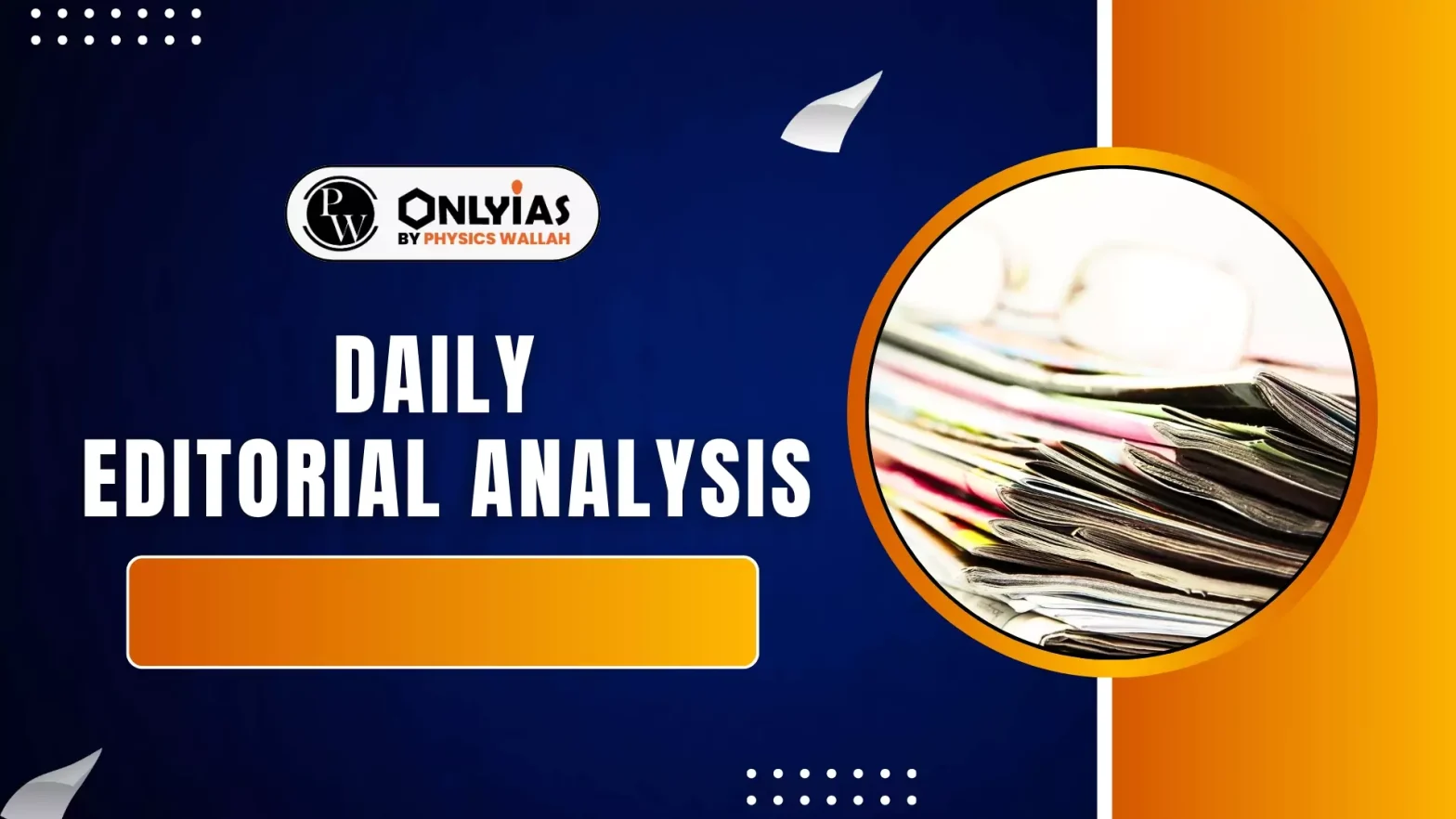![]() 21 May 2025
21 May 2025

The Supreme Court recently declared illegal two Union Environment Ministry notifications allowing industries to bypass prior environmental clearances. This judgment reinforces the essential principle of prior approval under the 2006 Environment Impact Assessment Notification.
The verdict sends a strong message against condoning environmental violations for economic gains. It underscores the urgent need for strict enforcement of environmental laws to ensure sustainable industrial growth and safeguard ecological balance.
| Mains Practice |
|---|

<div class="new-fform">
</div>